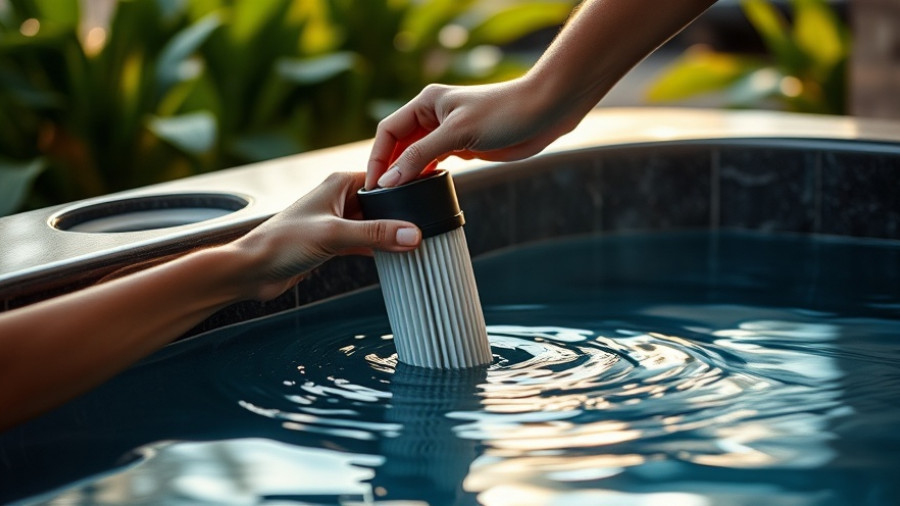
Safeguarding Your Home: Why Winterizing is Crucial
California's diverse climate can lead to unexpected winter weather in even the most temperate regions. For homeowners, understanding the importance of winterizing hose spigots is vital. When water freezes, it expands – a process that can lead to cracked pipes and costly repairs. Master plumber Aaron Adams explains that even in warmer climates, freezing temperatures can catch residents off guard, turning what was once minor plumbing into a significant disaster. Protecting outdoor plumbing should be a priority, not an afterthought.
Step-by-Step Guide to Winterizing Your Hose Spigot
While the process of winterizing may seem daunting, it can actually be quick and easy. Follow these steps to ensure your hose spigot is ready to brave the cold:
- Shut Off the Indoor Valve: Locate and turn off the valve inside your house that controls the water supply to your outdoor spigot. This is your first line of defense against freezing.
- Drain the Outdoor Spigot: After turning off the valve, go outside and turn on the hose spigot to allow any remaining water to drain. This step prevents any residual water from freezing inside the pipes.
- Install Insulating Covers: For enhanced protection, consider using a styrofoam cover on your outdoor spigot. Homesteaders like Ryan Chastain suggest filling the cover with cloth rags for added insulation.
- Check for Frost-Proof Spigots: If you have a frost-proof spigot, ensure nothing obstructs its drainage, such as hoses or attachments. An extra cover can also provide additional peace of mind.
Understanding Frost-Proof Spigots
Frost-proof spigots are designed to protect your plumbing by allowing the water to drain back into the home, minimizing freezing risk. Look for signs such as a handle that extends out at a 90-degree angle from the house. This innovative design can save homeowners from the headache of burst pipes, but it still doesn’t hurt to insulate.
The Cost of Neglecting Winterization
Neglecting to winterize your hose spigots can lead to serious, expensive repercussions. Once the temperature drops below freezing and water freezes in the pipes, it expands, creating an immense amount of pressure. This can not only crack the spigot or the pipes but can also lead to flooding situations that may not reveal themselves until the warmer months.
Frequently Asked Questions
Homeowners often wonder: Do I really need to winterize? Yes, even if your area has mild winters, the risks of freezing are still present. For additional peace of mind, insulated covers can act as a safeguard.
Preparing for the Unexpected: Pro Tips
Adams advises homeowners that uncovering the main shutoff valve and ensuring it’s easily accessible can prevent last-minute panic when the weather turns. It is also wise to perform regular inspections of your outdoor plumbing system to catch potential issues early.
Taking Action Now can Save You Later
As winter approaches, take 10-15 minutes to ensure your outdoor plumbing systems are adequately prepared. Those moments spent prepping your spigots could save you thousands in repairs later. A well-winterized hose spigot contributes to your home's overall health, allowing you to focus more on enjoying the season rather than dealing with plumbing disasters.
In California, where many homeowners might overlook winterization, remember, the unexpected can always happen. So, grab those tools and winterize your spigots — your future self will thank you!
 Add Row
Add Row  Add
Add 




Write A Comment